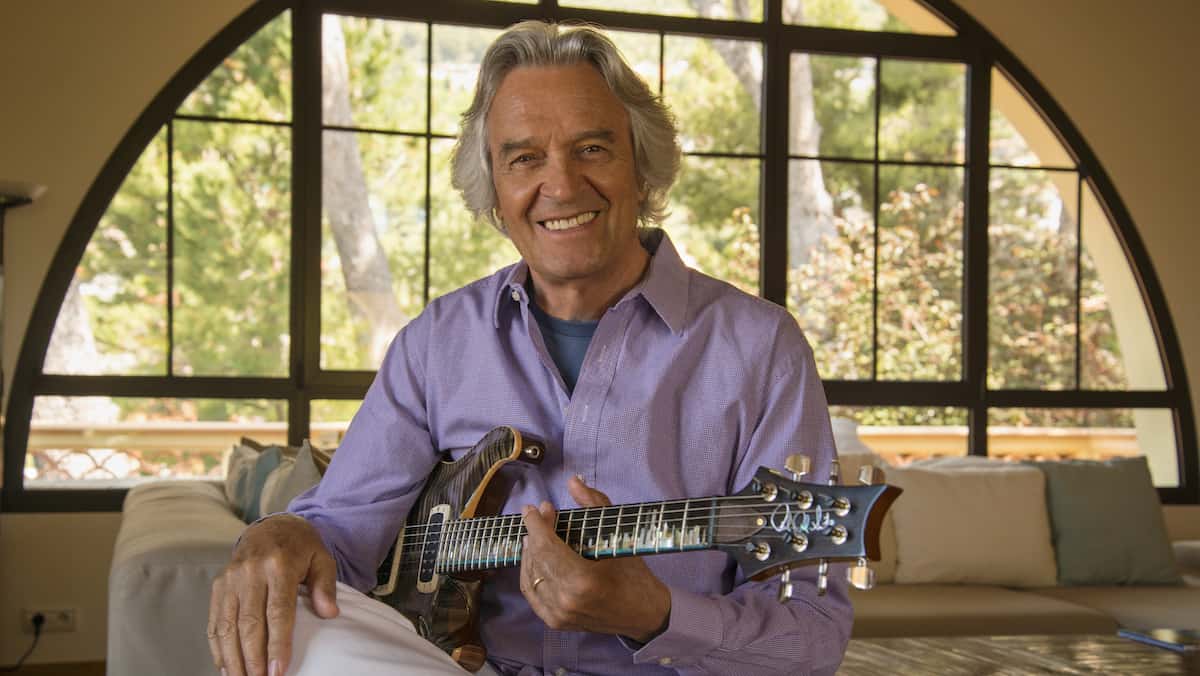Covers
John McLaughlin Asks, Is That So?
-
Jazz Guitar Lessons1 week ago
New JGT Lesson: Dissecting Versions of Gershwin’s “Our Love Is Here To Stay”
-
Jazz Guitar Lessons3 weeks ago
New JGT Lesson: Common Chord Grips, Voice Leading, Quartal Harmony, And Many Other Techniques
-
Jazz CD Releases4 weeks ago
John Scofield Touring – Supporting His Latest Album, “Uncle John’s Band”
-
What's Happening in Jazz2 weeks ago
New York City Braces for the Electrifying Inaugural Guitar Masters Festival


















